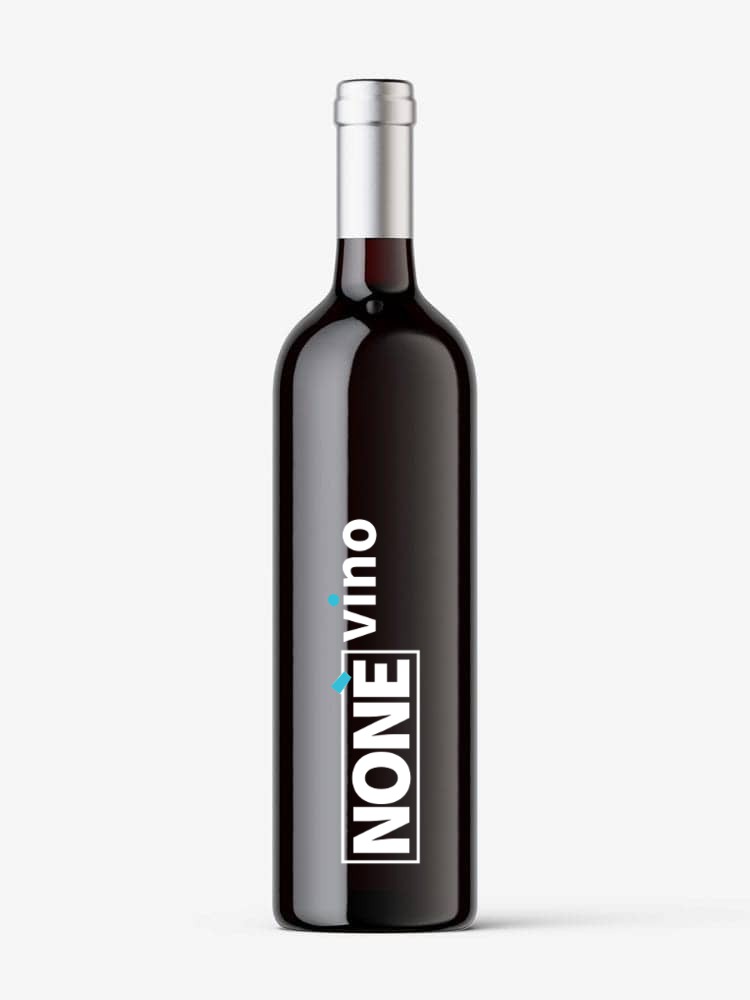The term Chianti represents, together with the secular cultural traditions, history, literature, gastronomy, the resident population, not only a great wine, but also a more complex socio-economic system.
The great development of viticulture took place with the advent of the Medici family . Already in the second half of the 1400s, Lorenzo dei Medici , in the Symposium and in the Song of Bacchus, illustrates a popular atmosphere, where wine is the essence of a theater of wit and banality, bordering on the grotesque. Wine was therefore for the Medici, former merchants and bankers, a good and a gift, it was food, commodity and symbol.
It is said that from the time of the hard and shrewd Cosimo the Elder to the unfortunate Gian Gastone , the favorite wine at the Medici family was that produced in the Chianti area. In addition to wines from these areas, Schiavo, Vernaccia, Moscatello, Greco, Malvasia, Ribolla and vin cotto wines were also drunk, first at Palazzo di Via Larga, then at Pitti and always in the Medici villas of the countryside.
The link that binds the Medici dynasty with wine science or more simply with wine is close. It is no coincidence that in the sixteenth century the thirteenth-century Palazzo Vecchio was rebuilt in honor of the Medici, the columns were adorned with pampani, branches and grapes, which can still be admired in the courtyard of the palace. The Medici were Lords of Florence, of the countryside and, from the sixteenth century, they were Grand Dukes of Tuscany. It is therefore natural that one of the most renowned products of the region should become the concern of the world of politics.
But, the wine also marked the joy, the pomp, the desire for intoxication and forgetfulness that many Medici, and Lorenzo among all, cultivated, not without a secret vein of melancholy. Many disputes have arisen to establish how old Chianti is, including that of the meaning of the name:
for some it means “beating of wings” or “clamor and sounds of horns” or it is more simply the topographical extension of the Etruscan word “Clante” , personal name, frequent in the onomastics of that people, traces of which have been found in certain accounting records of the fourteenth century.
Lamberto Paronetto , in one of his books, mentions its use in a deed of donation dated 790 belonging to the Badia di San Bartolomeo a Ripoli. From the deed of donation we pass, with a leap of many centuries, to the documents of the Datini archive (1383-1410) in Prato, where the term “Chianti” is also used for the first time to designate a special type of wine. However, one of the remote and sure citations of the word “Chianti”, referring to wine, seems to be the one that appeared in the sacred representation of S. Antonio at the end of the fifteenth or early sixteenth century. However, despite the rare fifteenth and sixteenth century appearances of the word, the current denomination of this wine will remain for a long time still referred to the name of “vermiglio” or that of “wine of Florence”.
Only in the seventeenth century, with the intensification of marketing and exports, the name of the region will be universally recognized also for the famous product of this territory. In September 1716, the “most illustrious deputies of the new congregation over the wine trade” fixed the terms of the trade inside and outside “the States of His Royal Highness”, formulating, unwittingly, the first real disciplinary of the “Chianti ”And other wines, famous at the time, destined to merge in the future in its denomination. The notice posted “in the usual and unusual places” of Florence, regulated in addition to the original area of Chianti, also that of Carmignano, Pomino, and Valdarno di Sopra. The grand ducal edict, among other things, imposed severe penalties for all cases of counterfeiting and clandestine trafficking,
The illustrious controllers wrote at the time: “all those wines that will not be produced and made in the confined regions, cannot, nor must, under any pretext or this color, bargain to navigate, for Chianti, Pomino, Carmignano and Val of the Arno di Sopra, under the penalties contained in the proclamation “. The announcement was clear: “Pressing the Royal Highness of the Most Serene Grand Duke of Tuscany, our lord to keep the ancient credit of any kind of merchandise that detaches from his happy states, not only for the decorum of the nation which he has always preserved an illicit public faith, which to cooperate as much as possible for the relief of his beloved subjects…. ” It was therefore decided to order the establishment of a special congregation, with the task of ensuring that the Tuscan wines committed to navigate, were provided with a guarantee for greater security of their quality: “… criminally against the carriers, the ships and others who handled said wines for fraud until delivery in the buyer’s warehouses stranger or to ships directly and depending on the damage caused concerning the public benefit “. Until then to arrive at the intuition ofBarone Bettino Ricasoli , with the definition of the ampelographic basis of Chianti wine and the introduction of special winemaking techniques, such as that of the “government”, using “colorino” grapes, previously dried on reed mats (cannicci).
The practice of “government” gives the wine a higher glycerin content and the result is a greater roundness of “drink”, which makes it suitable to accompany typical Tuscan dishes, such as cold cuts, roasts, grilled meats, etc.
In 1870, Ricasoli wrote to Professor Studiati of the University of Pisa: “the wine receives from Sangioveto the main dose of its perfume and a certain vigor of sensation; from Canaiolo the kindness that hardens the hardness of the first without removing anything of its perfume, to be endowed with it too; Malvasia tends to dilute the product of the f






